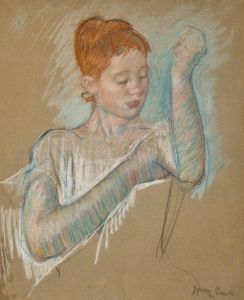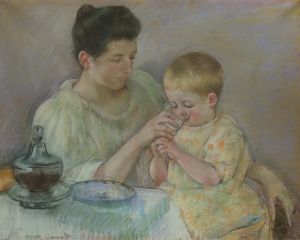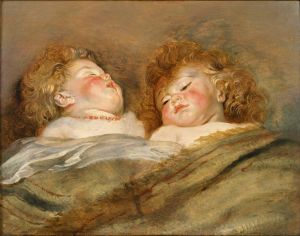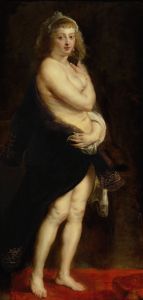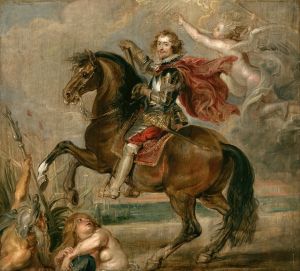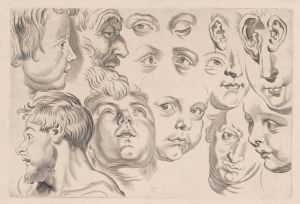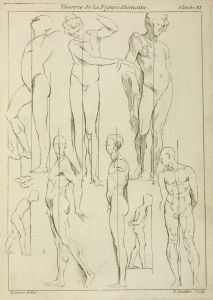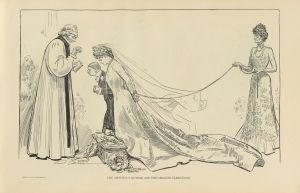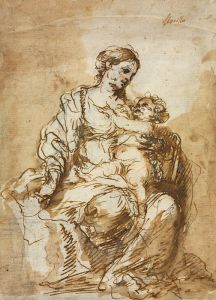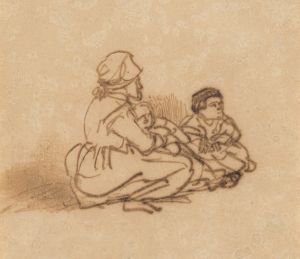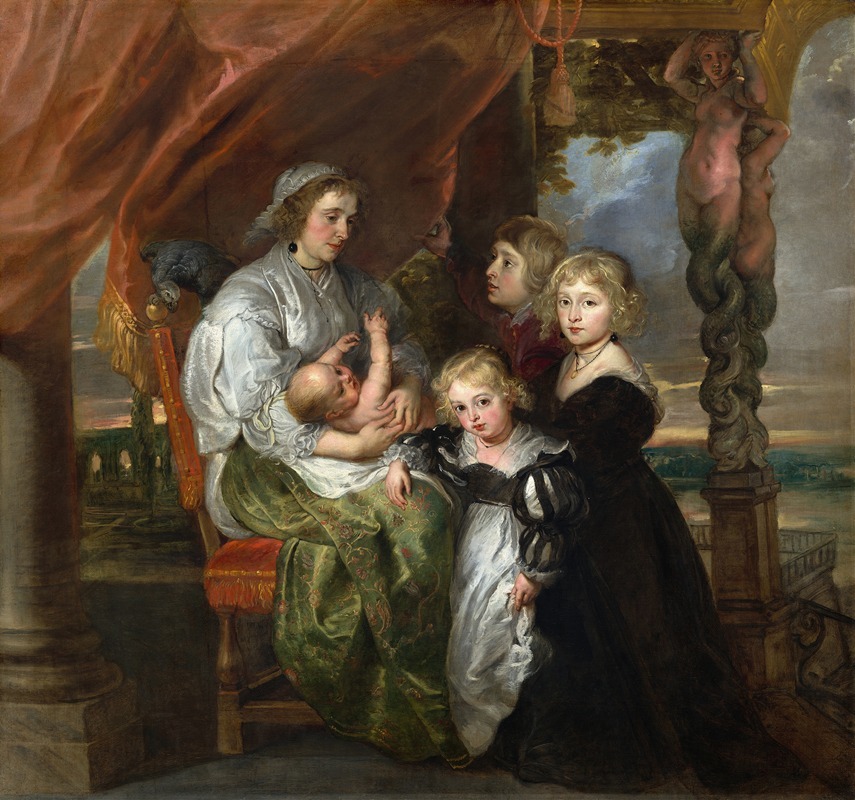
Deborah Kip,Wife of Sir Balthasar Gerbier and Her Children
A hand-painted replica of Peter Paul Rubens’s masterpiece Deborah Kip,Wife of Sir Balthasar Gerbier and Her Children, meticulously crafted by professional artists to capture the true essence of the original. Each piece is created with museum-quality canvas and rare mineral pigments, carefully painted by experienced artists with delicate brushstrokes and rich, layered colors to perfectly recreate the texture of the original artwork. Unlike machine-printed reproductions, this hand-painted version brings the painting to life, infused with the artist’s emotions and skill in every stroke. Whether for personal collection or home decoration, it instantly elevates the artistic atmosphere of any space.
"Deborah Kip, Wife of Sir Balthasar Gerbier and Her Children" is a painting attributed to the Flemish Baroque artist Peter Paul Rubens. The artwork is believed to have been created around 1629–1630 and depicts Deborah Kip, the wife of Sir Balthasar Gerbier, along with her children. Sir Balthasar Gerbier was a notable figure of the 17th century, serving as a diplomat, architect, and art agent, and he maintained connections with prominent European courts, including that of King Charles I of England.
The painting portrays Deborah Kip seated with her children in a domestic setting, emphasizing themes of family and maternal care. Rubens, renowned for his dynamic compositions and masterful use of color and light, captures the warmth and intimacy of the family group. The figures are arranged in a harmonious composition, with Deborah Kip positioned centrally, surrounded by her children, whose expressions and gestures convey a sense of affection and unity.
The artwork is characteristic of Rubens' portraiture, which often combined elements of realism with idealization. While the painting reflects the artist's skill in rendering textures, such as fabrics and skin tones, it also conveys a sense of dignity and grace in its subjects. This blend of naturalism and elegance is a hallmark of Rubens' style, particularly in his portraits of the early 17th century.
The painting is part of the collection of the Thyssen-Bornemisza Museum in Madrid, Spain. It is considered an important example of Rubens' ability to capture the personal and emotional dimensions of his sitters, making it a significant work within his oeuvre. The attribution to Rubens is widely accepted, although, as with many works from this period, some scholars have debated the extent of the master's direct involvement, suggesting the possible contribution of his workshop.
This portrait not only serves as a testament to Rubens' artistic achievements but also provides insight into the social and cultural context of the time, highlighting the prominence of family values and the role of portraiture in commemorating personal relationships and status.






